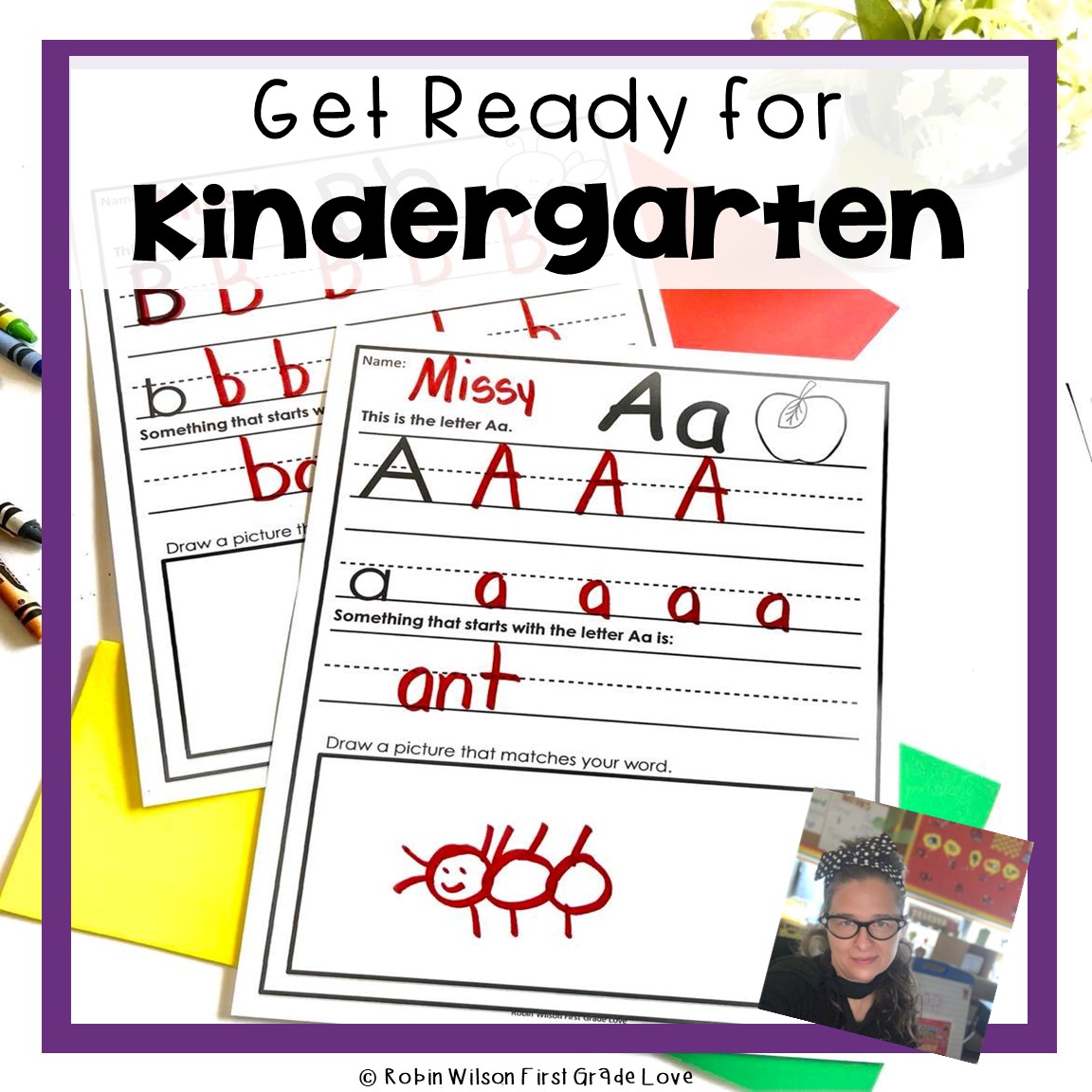How to Get Ready for Kindergarten: Fun and Easy Ways to Prepare Your Child
Starting kindergarten is a big step for both kids and parents! It’s an exciting time, but it can also feel overwhelming. The good news is that you can do many simple things to help your child feel confident and ready. From social skills to name games and alphabet fun, we’ve got you covered with plenty of free tips and activities. Let’s dive in!
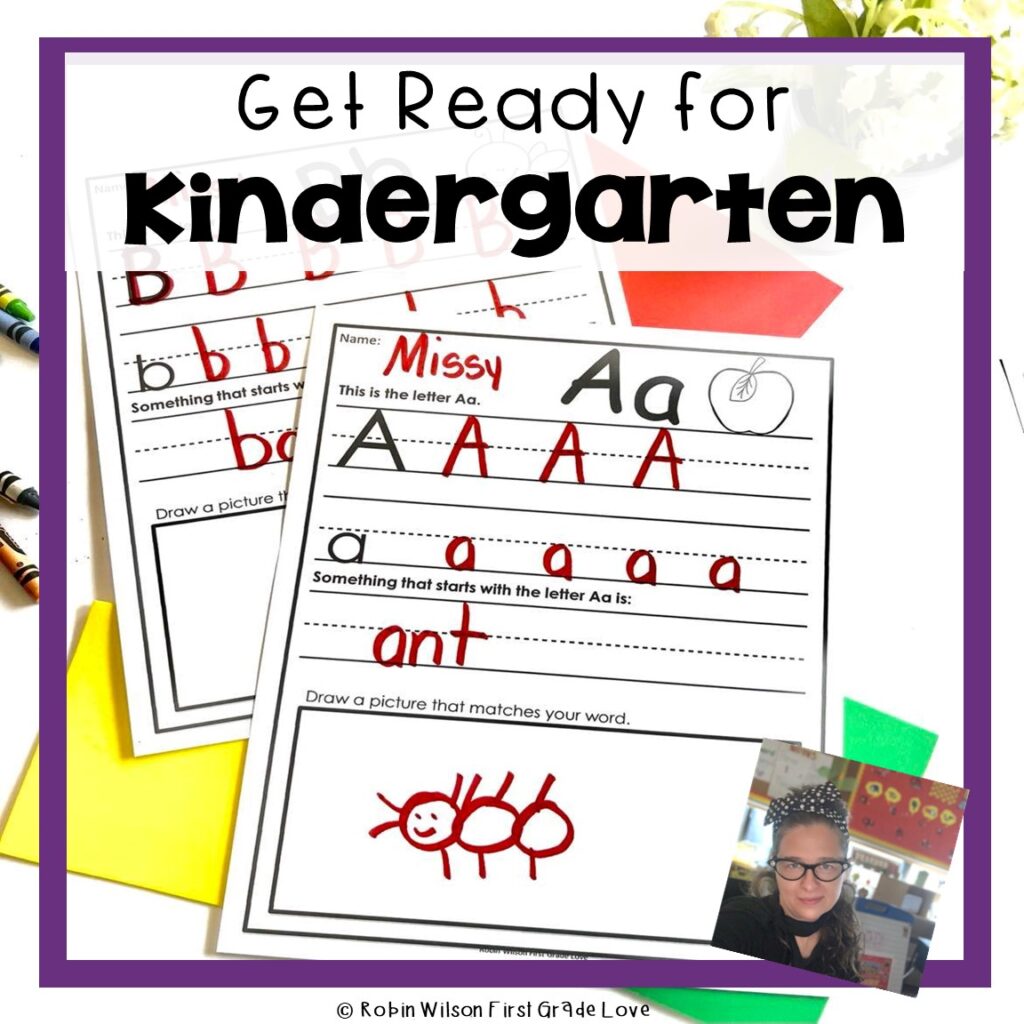
1. Build Social Skills Through Play
One of the most important things kids need for kindergarten is social skills. They need to know how to take turns, share, and follow simple directions. The best way to teach these skills is through play.
- Play Dates: Set up playdates with other children. This helps kids learn to interact with new friends.
- Board Games: Simple games like Candy Land or Chutes and Ladders teach kids how to follow rules and take turns.
- Role-Playing: Pretend play is a great way to practice social skills. Set up a pretend store or school and take turns being the teacher or shopkeeper.
- Group Activities: Visit the library for story time or take your child to a local community event where they can interact with other kids.
2. Name Recognition and Writing
Before starting kindergarten, children should recognize and attempt to write their names. Here are some fun ways to practice:
- Rainbow Name Writing: Have your child write their name in different colors to make it fun and engaging.
- Name Puzzle: Write your child’s name on a piece of paper and cut the letters apart. Have them put it back together like a puzzle.
- Play Dough Letters: Roll out play dough and shape it into the letters of their name.
- Sensory Name Writing: Use shaving cream, sand, or salt trays to let your child “write” their name with their finger.
3. Fun Alphabet Games
Recognizing letters and their sounds is an important part of kindergarten readiness. Here are a few DIY games to help:
- Alphabet Scavenger Hunt: Hide letters around the house and have your child find them, saying the letter name and sound as they go.
- Letter Fishing: Cut out paper fish and write letters on them. Attach a paperclip to each fish and let your child “fish” for letters with a magnet on a string.
- Chalk Letter Hop: Write letters with sidewalk chalk outside. Call out a letter and have your child jump to it.
- DIY Alphabet Bingo: Make a simple bingo board with letters. Call out letters and have your child cover them with buttons or cereal pieces.
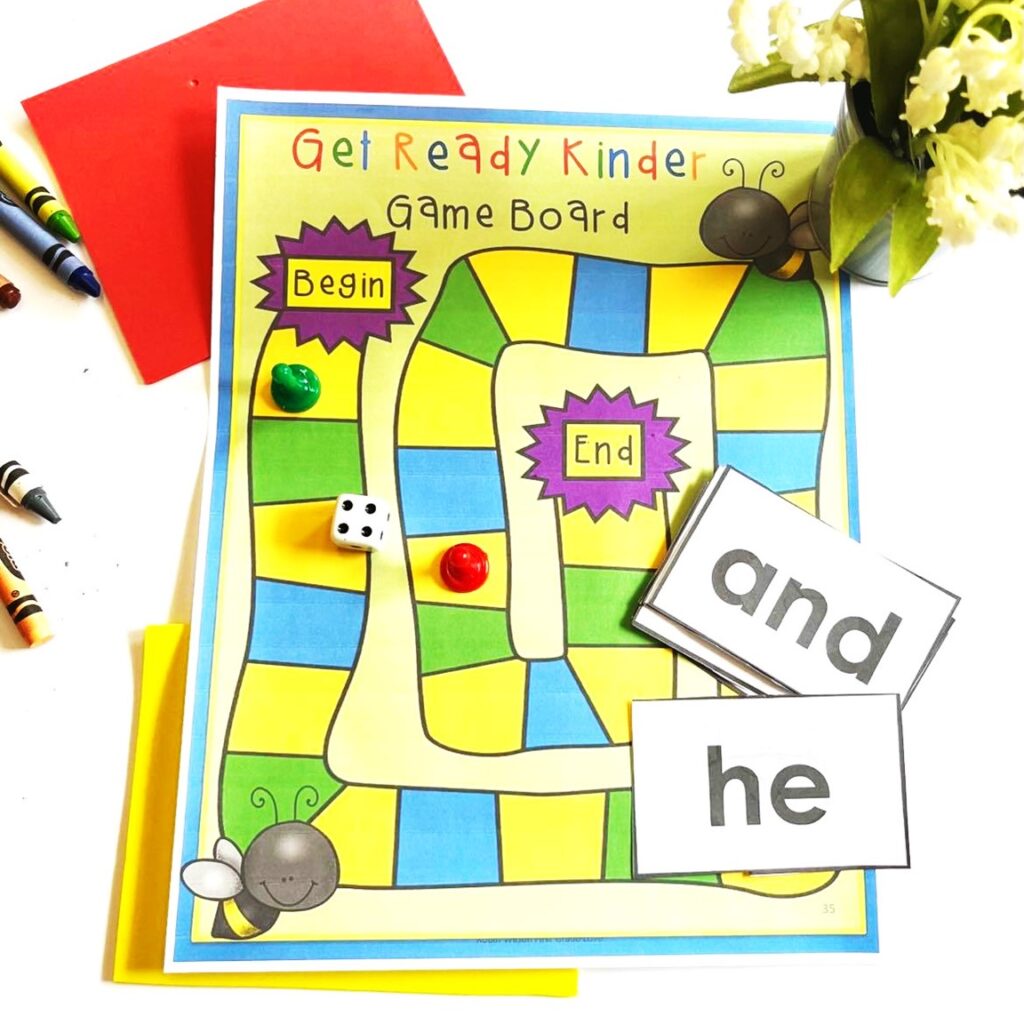
4. Fine Motor Skills for Writing
Strengthening fine motor skills helps kids with writing and cutting in school. Here are some easy ways to do this:
- Bead Stringing: Have your child string beads onto a string to build finger strength.
- Cutting Practice: Let them practice cutting out simple shapes with child-safe scissors.
- Play Dough Fun: Squeezing and rolling play dough strengthens hand muscles.
- Sticker Play: Peeling and placing stickers is a fun way to build fine motor control.
5. Numbers and Counting
Kindergarteners should recognize numbers and begin counting objects. Make learning numbers fun with these activities:
- Count Everything: Count stairs, snacks, and toys throughout the day.
- DIY Number Line: Tape numbers to the floor and let your child hop along as they count.
- Counting with Snack Time: Use cereal or crackers to practice counting and simple addition.
- Number Toss: Write numbers on paper plates and toss bean bags onto the correct number when called out.
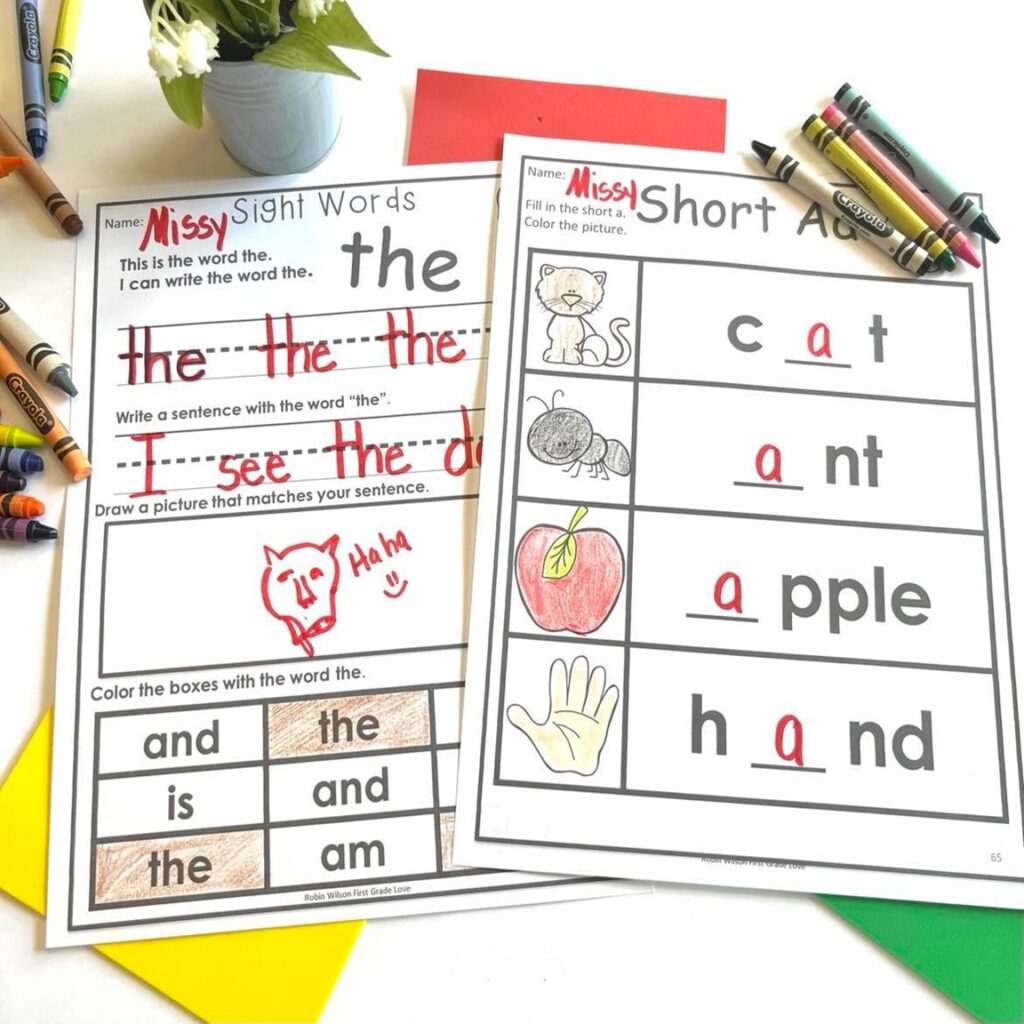
6. Reading Readiness
Reading doesn’t have to wait until kindergarten. You can build early literacy skills now with these ideas:
- Read Aloud Daily: Choose fun books and ask questions about the story.
- Sing Nursery Rhymes: Rhymes help kids hear sounds in words.
- Letter Matching: Match uppercase and lowercase letters using flashcards.
- Story Retelling: After reading a book, ask your child to retell the story in their own words.
7. Routines and Independence
Starting school means following a daily routine and being a little more independent. Here’s how to help:
- Practice a Morning Routine: Get dressed, brush teeth, and eat breakfast at the same time each day.
- Teach Simple Tasks: Let your child practice putting on shoes, zipping coats, and packing a backpack.
- Follow a Schedule: Use a visual schedule with pictures to help your child understand what comes next in their day.
- Set Up a Goodbye Routine: Practice saying goodbye at drop-off to make the first day easier.
8. Simple Crafts for Kindergarten Readiness
Crafts help with creativity and fine motor skills! Here are a few easy ones:
- Handprint Name Art: Have your child write their name and decorate with painted handprints.
- Paper Plate Faces: Make faces with different expressions to talk about emotions and social skills.
- Alphabet Collage: Cut out letters from magazines and glue them onto paper to make an alphabet collage.
- Shape Stamping: Use sponges cut into shapes to create art while learning shapes and colors.
9. How My Product Can Help
All of these activities will help prepare your child for a successful start in kindergarten. If you’re looking for a structured way to introduce these skills, I’ve created a Kindergarten Readiness Pack that includes fun, hands-on activities, printable name games, and alphabet practice sheets. It’s designed to make learning easy and fun!
Whether you use these free activities or want a ready-made resource, the most important thing is to make learning enjoyable. The more fun and hands-on it is, the more excited your child will be to start school!
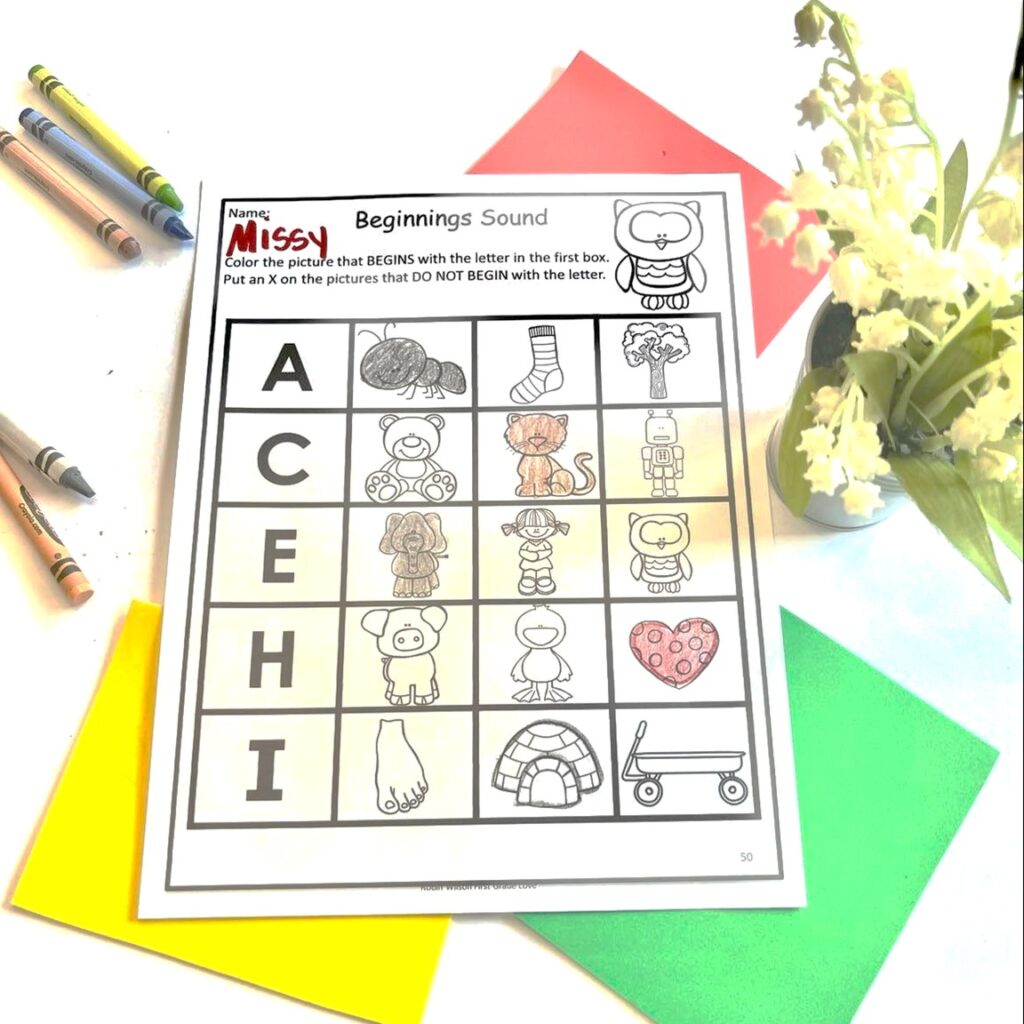
Final Thoughts
Getting ready for kindergarten doesn’t have to be stressful. With plenty of play, hands-on activities, and a little practice each day, your child will be ready to take on this big new adventure with confidence. Enjoy this special time, and happy learning!
Comprehension for Primary Students
To teach young students how to understand what they are reading, click here to read more:
